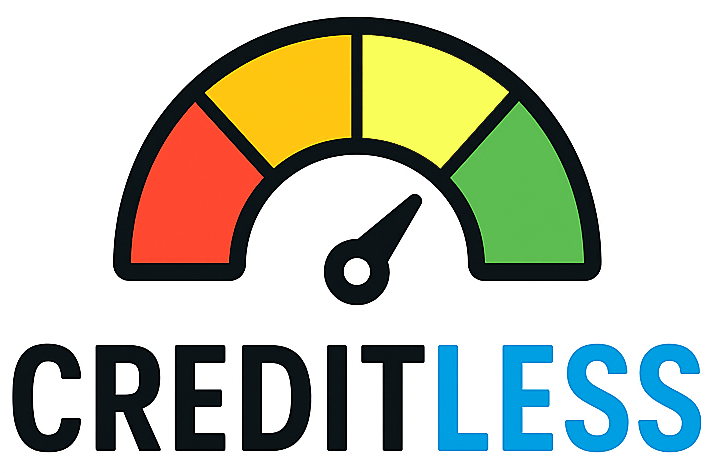How a secured card helps (fast) — overview
Secured credit cards give consumers with thin or damaged credit a straightforward way to start rebuilding: you post a refundable deposit that usually becomes your credit limit, then the card issuer reports account activity to the credit bureaus just like an unsecured card. When used properly, a secured card can improve both payment history and the most time-sensitive scoring factor — credit utilization.
This article focuses on practical steps you can take right away to lower the reported utilization on a secured card (and across your revolving accounts) without increasing your spending or taking on interest. The difference between paying on the due date and paying before your statement closes can be the fastest way to move your score.
Step-by-step: Reduce reported utilization without overspending
Follow these actionable tactics — each is low-cost and can show results within one or two reporting cycles if your issuer reports monthly.
- Confirm the card reports to the bureaus. Make sure the issuer reports to at least one, and preferably all three, credit bureaus before you rely on the card for score improvement. Cards that don’t report won’t help your score.
- Use small, predictable charges. Put one or two recurring bills on the card (streaming, a grocery run, or a small utility) so the account shows activity without large balances. Scoring models like to see some activity rather than zero usage.
- Pay before the statement closing date — not just by the due date. Most issuers report the balance that exists at or near the statement closing date. Paying down the balance a few days before the statement closes means a lower balance is reported to the bureaus — and that lower reported utilization is what affects your score. This timing trick is often the fastest way to change utilization.
- Make multiple small payments each cycle. Instead of one payment at the end of the month, make 2–4 payments across the billing cycle to keep the account balance low before reporting. This costs nothing extra and keeps reported utilization down.
- Aim for under 10% reported utilization overall (ideal) — under 30% is the common safe threshold. While under 30% avoids most negative effects, many top-score profiles sit below 10% utilization. On a low-limit secured card this often means charging only small recurring amounts and clearing them before the statement closes.
- Don’t carry a balance to 'build' credit. Carrying a balance for months to 'show' credit use only raises utilization and interest costs. Use the card and pay it down before the statement so you get the score benefit without interest charges.
Quick example: if your secured card limit is $500, keep the statement balance below $50 (10%) before the card reports. If you normally buy groceries for $200 monthly with that card, split payments so the statement date shows $40–$50 instead of $200 — the lower reported figure moves utilization immediately.
Avoid common pitfalls and plan next steps
Beware of low limits: Secured cards often start with modest limits, so it’s easy to hit high utilization if you’re not careful. Increasing your effective available credit — by adding a second low-limit card or asking your issuer for a higher limit (or higher deposit) once you have perfect payments — lowers utilization without raising spending. Many issuers will consider limit increases or an automatic conversion to an unsecured card after 6–12 months of responsible use.
New applications create a small, temporary dip. Applying for a card typically generates a hard inquiry that can cause a small, short-lived score drop. Balance the value of more available credit against the temporary impact of applications.
Keep old accounts open. Closing an account reduces total available credit and can increase utilization; generally keep the secured account open after you graduate to an unsecured card unless there’s a good reason to close it.
Monitor and verify reporting. Use free tools or the issuer’s credit-monitoring features to confirm the secured account is being reported and that the reported balances reflect your pre-statement payments. If reporting is delayed or incorrect, contact the issuer and review your credit reports.
What to expect timing-wise: If you reduce the balance before the statement closes, you can often see a positive score change in one reporting cycle — sometimes sooner, depending on when bureaus receive and process the data. For big swings, allow one to two cycles for changes to show consistently across all bureaus.
